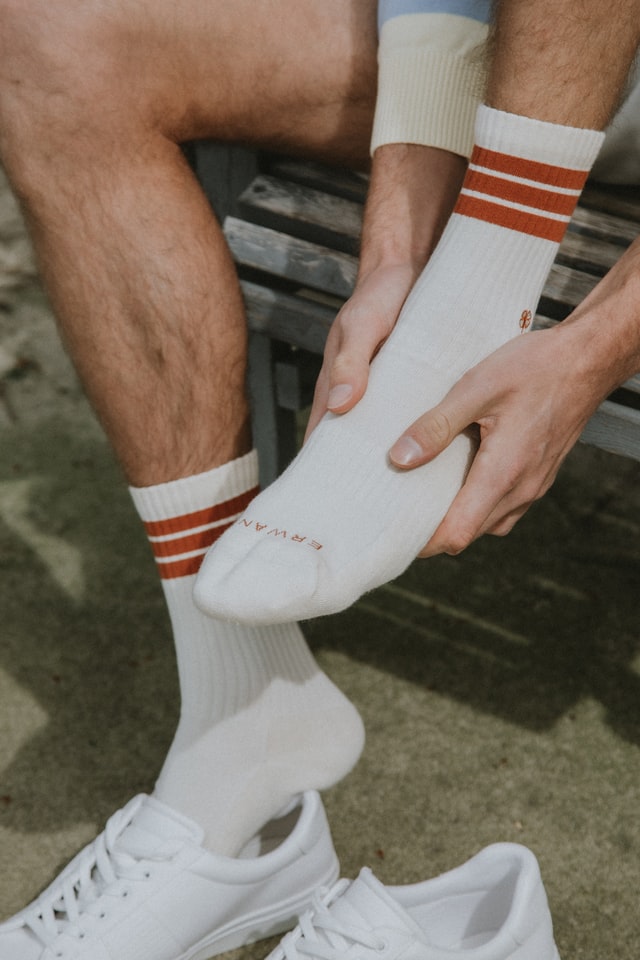By WIN Provider: Dr. Conner Overstrom, Chiropractor
So, you are hiking on the weekend and step on a loose rock and “roll” your ankle, it is painful to walk on and the swelling in the injured area begins to accumulate. You hobble home and decide on the next steps for home care of your injury.
Today I will be going over a quick, easy to follow guide on how to manage soft tissue injuries at home.
The acronym we will be using is PEACE and LOVE. Think about it this way, immediately after the injury do no harm and let PEACE guide your approach. After the first days have passed, soft tissues need LOVE.
PEACE (immediately after injury)
Protect: reduce movement for 1-3 days to minimize bleeding, prevent dissension of injured tissues and reduced the risk of aggravating the injury. Be careful with too much rest though as rest can compromise tissue strength and quality. Let pain signals guide the end of the “protection” phase.
Elevate: elevate the limb higher than the heart to promote fluid flow out of the tissues
Avoid anti-inflammatory modalities: the various phases of inflammation help repair damaged soft tissues. Because of this, by stopping the inflammation process using medication we may be negatively affecting the long term tissue healing process. Contrary to popular belief, there is also no high-quality evidence for the efficacy of ice for treating soft tissue injuries. Ice is mostly a temporary pain reliever and may be negatively affecting the tissue repair process.
Compress: external pressure using tape or bandages helps to limit swelling within a joint and tissue bruising
Educate: it is the job of the manual therapist (chiropractor, physiotherapist, etc.) to educate patients on the benefits of an active approach to recovery. There should also be a discussion between you (the patient) and your therapist about expected recovery, and what to expect throughout the healing journey
LOVE (after first few days have passed)
Load: an active approach with movement and exercise has great benefits for most patients with musculoskeletal disorders. Mechanical stress (movement) should be added early and normal activities resumed as soon as symptoms allow. Optimal loading without increasing pain can promote repair, remodelling and builds tissue tolerance and capacity of tendons, muscles and ligaments.
Optimism: optimistic patient expectations are associated with better outcomes and prognosis. Patient beliefs/emotions/ and expectations are thought to explain more of the variation in symptoms following an ankle sprain than the degree of actual damage
Vascularization: cardiovascular activity (walking/running/jogging/biking/dancing) represents a cornerstone in the management of musculoskeletal injuries. Pain free aerobic exercise should be started a few days after the injury to boost motivation as well as increasing blood flow to the injured areas.
Exercise: there is a strong level of evidence supporting the use of exercise for the treatment of, for example ankle sprains, and for reducing the prevalence of recurrent injuries. Exercises help restore mobility, strength and proprioception early after an injury. Pain should be avoided to ensure optimal repair during the subacute phase of recovery (lasting up to 6 weeks post injury), and should be used as a guide for exercise progressions.
If you suffer a soft tissue injury, all WIN practitioners are well versed on management throughout the injury process. You will receive a thorough assessment as well as detailed treatment plan as you navigate the healing process.
As soon as you are injured, remember this post and contact us at WIN Health and we can help get you the specific care you need to resolve your injury.


